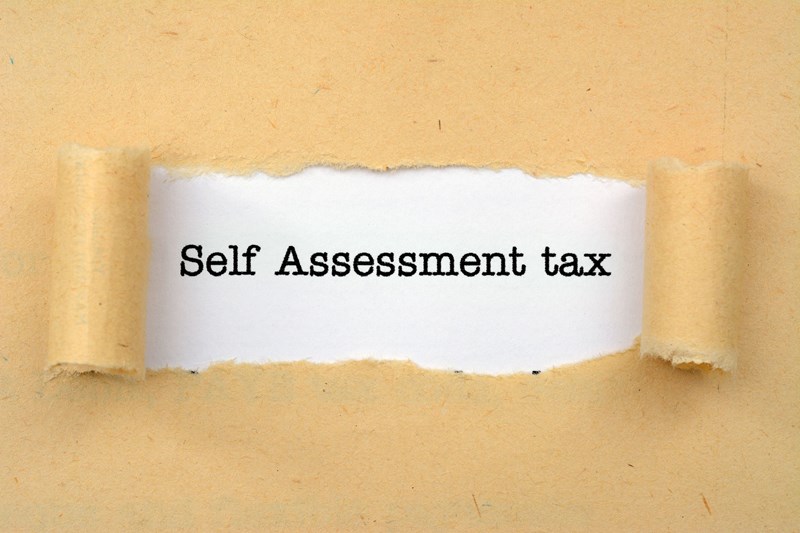One of the less well-known ways of paying your self-assessment tax bill is to do so through your tax code.
This can only be done where all the following apply:
- you owe a self-assessment balancing payment of less than £3,000;
- you are an employee or receive a company pension;
- you have for the 2016-17 tax year submitted a paper tax return by the 31 October 2017 or an online tax return by 30 December 2017 (as opposed to the normal 31 January 2018 deadline for electronic returns).
The coding threshold also entitles taxpayers to have tax underpayments collected via their tax code, provided they are in employment or in receipt of a UK-based pension. The coding applies to certain debts such as self-assessment liabilities, tax credit overpayments and outstanding Class 2 NIC contributions. Instead of paying off debts in a lump sum, money is collected in equal monthly instalments over the tax year.
The amount of debt that can be coded out ranges from £3,000 to £17,000 based on a graduated scale. This is a different limit to that for paying your self assessment bill where the amount owed must be less than £3,000. The maximum coding out allowance only applies to taxpayers with earnings exceeding £90,000.
The full breakdown is as follows:
| Earnings | Coding out limit |
| Less than £30k | £3k |
| £30k to £39,999.99 | £5k |
| £40k to £49,999.99 | £7k |
| £50k to £59,999.99 | £9k |
| £60k to £69,999.99 | £11k |
| £70k to £79,999.99 | £13k |
| £80k to £89,999.99 | £15k |
| £90k or more | £17k |
Planning note
As mentioned above, taxpayers with underpayments in the tax year 2016-17 have until 30 December 2017 to file their self-assessment returns in order to have the monies collected in the 2018-19 tax year. If you would like to see if you could take advantage of this deferred payment plan we can help you arrange this with HMRC.

